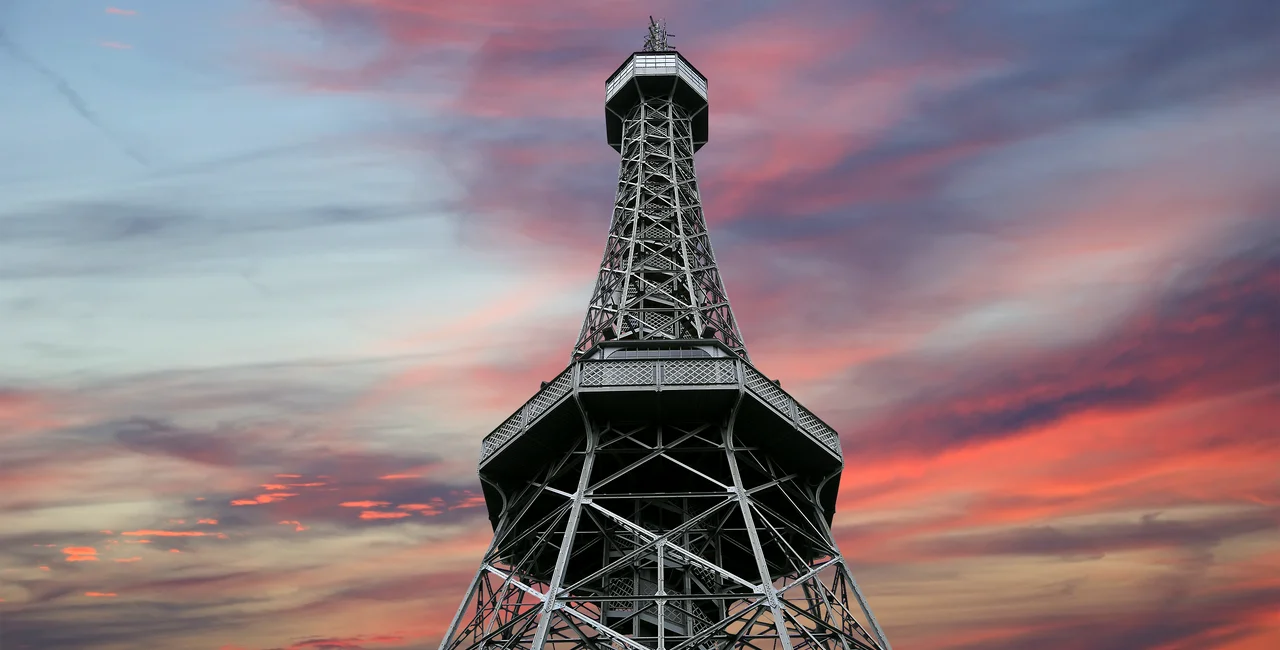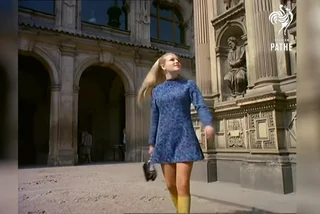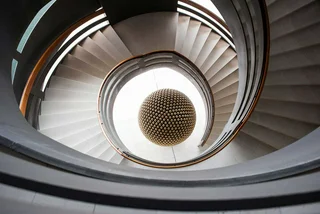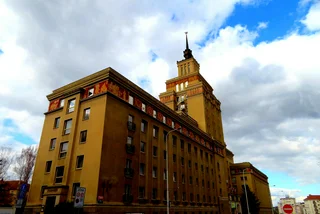One of Prague’s most iconic sights turns 130 this year. Construction on the Petřín Lookout Tower began in March 16, 1891, and lasted until Aug. 20 of that same year.
Unlike many projects in Prague that drag on for decades with little progress, the tower moved rapidly from conception to completion. The idea to build the tower was launched in 1889 by members of the Club of Czech Tourists who had visited the Exposition Universelle in Paris, where they saw the actual Eiffel Tower. The club itself was only a year old, and the tower was their first big project.
The 363 club members, once they returned to Prague, sought the city’s permission to build the tower in time for the 1891 General Land Centennial Exhibition, which was going to take place in Výstaviště in Prague’s Holešovice district. Many of the buildings there, such as the Industrial Palace (Průmyslový palác) also mark their 130th anniversaries this year.
The Petřín Lookout Tower, known in Czech as Petřínská rozhledna, is sometimes called the Little Eiffel Tower. It actually has very little in common with its French inspiration, aside from the both having exposed metal frameworks. The Petřín tower stands on an octagonal base, while the Parisian counterpart is on a square base.
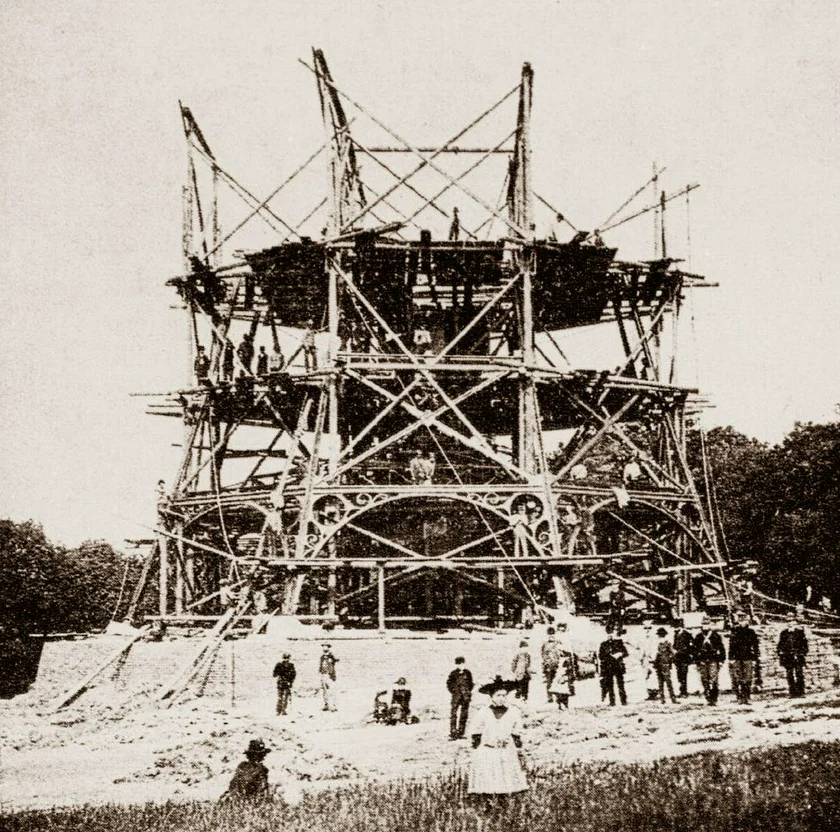
The Prague version is also a lot smaller, just 63.5 meters tall compared to 324 meters for the original. Petřín Hill, though, rises to 318 meters, so the height of the observation decks of both above the respective city’s basic ground level is comparable.
Before the tower was built, the Club of Czech Tourists published a book claiming that the tower would have a large positive impact on tourism. While this made an impression on Prague City Hall, the municipal leaders did not offer financial support. Club members then established a limited liability association to raise money for the tower as well as a cable car going up the side of Petřín Hill, so people could easily reach the tower. The cable car was also completed in 1891.
An article by Czech journalist Vilém Kurz, published in a newspaper called Politics, helped to capture the public’s imagination. The article was told from the point of view of a year in the future, when the tower was already open and major attraction. After the article, enough donations were made by the public to finance the tower.
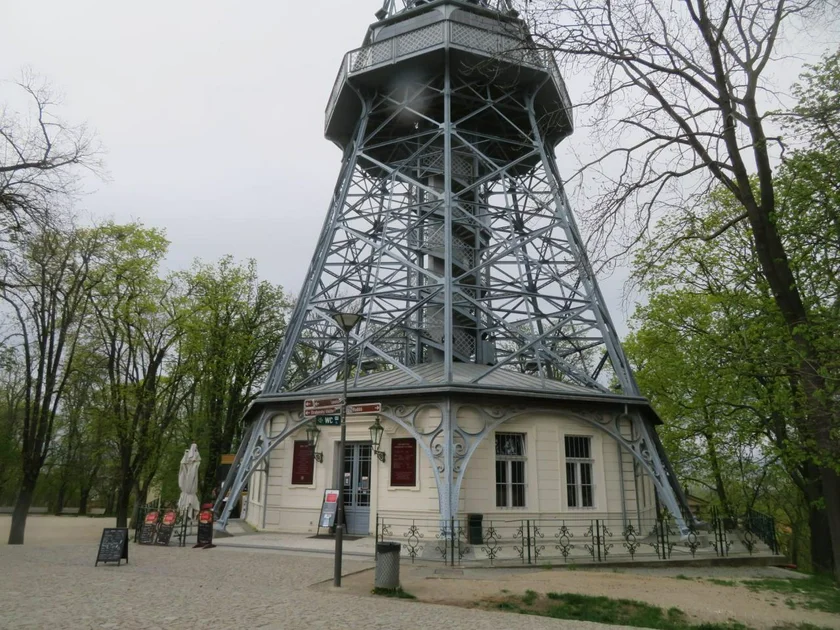
Even though plans were ready, it took some time to actually start the project. Builders who weren’t already working on constructing the fairgrounds in Výstaviště became occupied when the flood of 1890 damaged many Prague structures including Charles Bridge.
After the first excavations began in March 1891, the foundation, which goes 11 meters below the surface, was completed May 11. Then the iron framework, using 175 tons of metal, began to be assembled by the firm Pražské mostárny (Prague Bridge Works). The first 20 meters including the lower gallery were finished by May 20. The full height was reached on July 2, but interior work such as the 299 steps and the gas-powered elevator still needed to be finished.

The General Land Centennial Exhibition was already underway when the tower opened, and the influx of tourists to the city helped make the tower an immediate success with 61,307 tickets sold by the end of 1891. People who attended the Aug. 20 opening received a commemorative book and a copy of the futuristic article, which had now largely come true.
Originally the tower had a copy of the Czech crown on its top, but that was damaged by fire in July 1938 and never restored. When German dictator Adolf Hitler visited Prague in 1938, he ordered the tower to be torn down, as it clashed with the view of historical buildings from Prague Castle. The order was never carried out.
The next chapter in the towers history began on July 4, 1948, when the first experimental television signals were sent out from the top of the tower. They showed the All-Sokol Rally in Prague's Strahov Stadium, not far from the tower. There were only 25 TV sets in Prague at the time. Regular TV transmissions began in 1953 and lasted until the Žižkov Tower started operation in 1992.
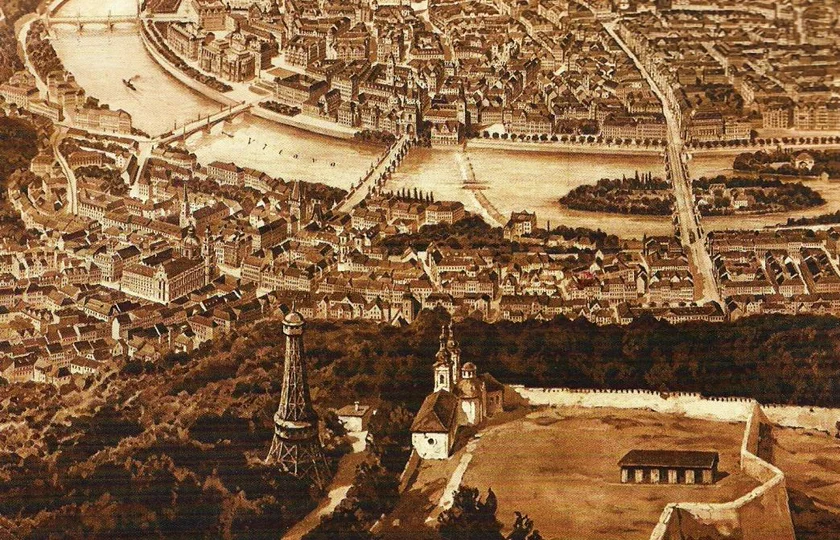
Like many structures, the tower saw a state of neglect and decline in the communist era. A restaurant in the tower was closed to make way for the broadcasting equipment. The elevator ceased running and the viewing platforms were either closed or had limited access for many years.
The tower reopened to the public in 1991, on its 100th anniversary. There was another General Land Centennial Exhibition at the time, but that one was not a success.
The tower came under control of the Prague Information Service, now Prague City Tourism, in 1998. Renovations began in 1999 and lasted to 2002. The removal of TV equipment allowed a new elevator to be installed. The gallery at the 20 meter level has been made wheelchair accessible.
Since 2013, the tower has been operated by the City of Prague Museum. The area around the tower, including a mirror maze, chapels and other buildings, has also recently undergone renovation, and more renovations for the park are planned.
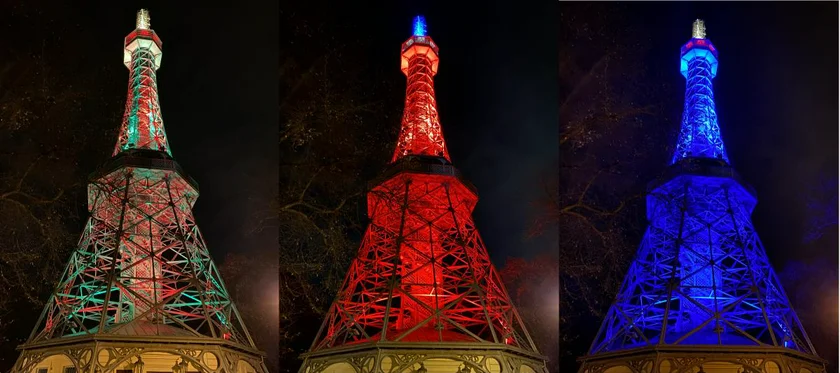
The most recent addition to the tower is variable color lighting to mark different occasions. Normally, it is lit in white all night, but that can now be changed. For example, it was lit in green on March 17 for St. Patrick’s Day. On the contrary, it will be dark all night on March 22 for the anniversary of the first COVID-19 death. The tower has also been lit in various national colors to show solidarity or in colors related to illnesses or social issues.
"We approach the color illumination of a sixty-five-meter-high lookout tower if we consider it important to draw the public's attention to a certain topic, important day or event,” City Councilor Jan Chabr said.
The lookout tower had to wait until 1998 for the first colored lighting. That system used a combination of 32 sodium and halide lamps. In 2015 a new system was installed with red, blue, green, and white LED banks spread out on four levels to allow almost any color combination. In 2019, the system was modified so a person no longer has to go to the tower to manually change the colors. It can now be controlled from mobile phone or tablet.












 Reading time: 5 minutes
Reading time: 5 minutes 